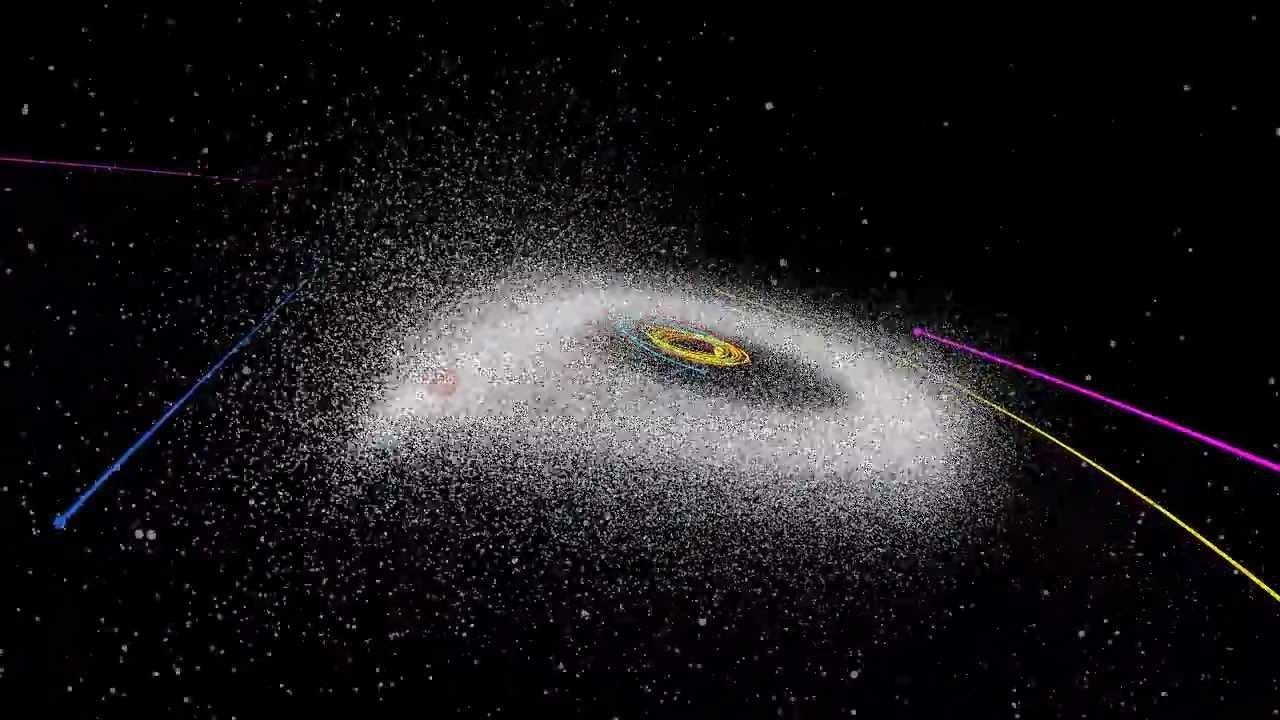Here are two examples out of many where previous attempts at locating such a planet were made and later turned out to be inaccurate:
- When further irregularities in the orbit of Uranus were first noticed in 1906 it sparked a search for a Planet X that was thought to be massive. Eventually, however, the less-massive Pluto was found instead by Percival Lowell in 1930.
- In the 1980s, a Planet X was proposed by Robert S Harrington based on the irregular orbits of Neptune and Uranus. This was later disproved by Myles Standish, who was able to explain the irregularities by revising the mass for Neptune using data from the Voyager flyby.
And here is why they think this time it is different:
Compared to all of these examples, “Planet Nine” has arguably the best supporting evidence. This is partly because effects have been seen in the orbits of the six Kuiper belt objects rather than just one or two, which makes the theory seem potentially plausible. The dynamics of the outer solar system is delivering more surprises as our detection technology gets better, and we may expect much more knowledge of the Kuiper belt, or perhaps the Oort cloud in the coming years.
Very cool! And let’s check out a video of the orbit simulation on the next page

Niburu, where our creators live.